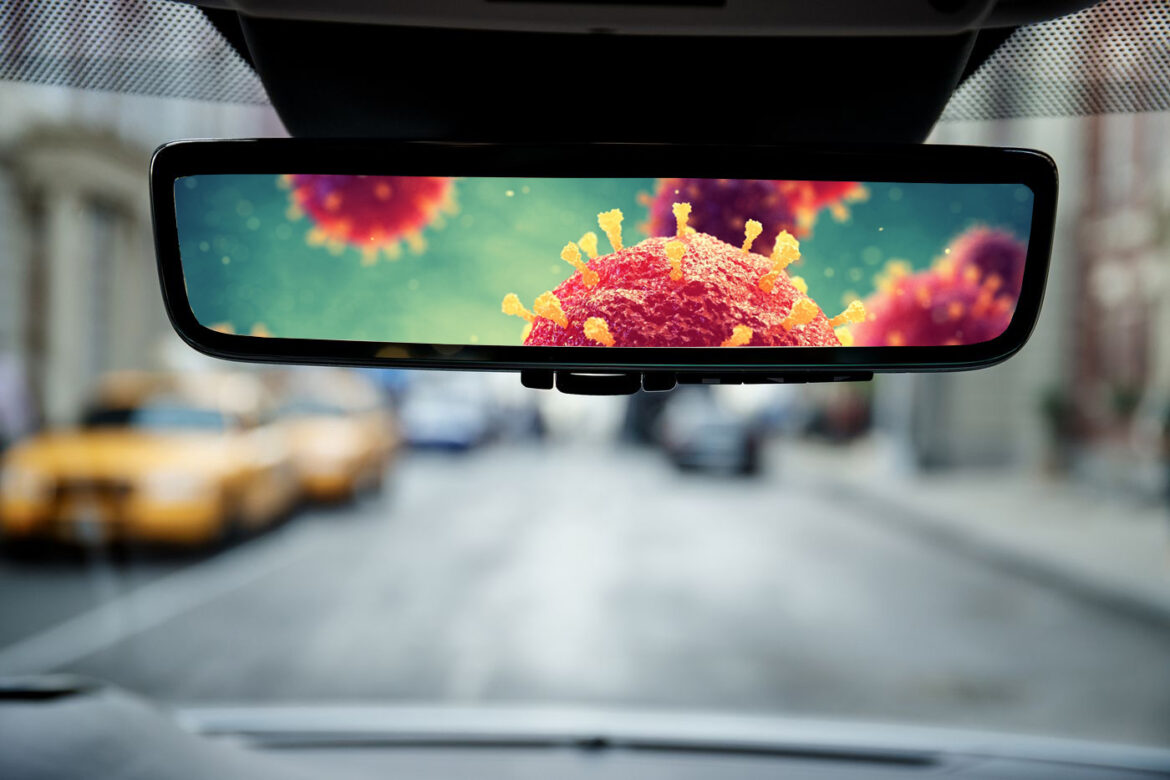What’s really changed after COVID?
In the thick of the COVID crisis, many pundits predicted how we do business would change forever. Now, a year after the official end of the COVID emergency, I’ve been thinking about what, if anything, is really different here at Algood. I’m usually skeptical about what the so-called experts say, but I have to admit, I’m surprised at the amount of change that has occurred. Here’s what I’ve noticed.
Face-to-face is rare. Five years ago, if I told a customer I wanted to arrange a video call, the response would likely be, “Huh?” A good portion would not have had access to a Zoom or Teams account and if it were something important, the clear expectation would be that I would arrange to be there in person. Today, if I tell a customer I’m flying out to see them, they would probably want to know what’s wrong. Even with companies that haven’t been on the leading edge of the technology curve, the adoption of video calls is broad.
Hybrid is here to stay. There’s no question that a lasting impact of COVID is remote work, but it’s a multi-faceted dynamic. Many members of our management and administrative teams work from home for at least part of the week. The related work-life balance and time staff members can spend with family reduces stress and allows for greater focus. In addition, productivity has increased because contributions are measured in terms of availability, output or tasks completed, as opposed to simply hours worked. However, the inability to collaborate and brainstorm in person as a team is a clear loss.
Good employees are hard to find. The ‘great resignation’ and other COVID-related effects have significantly shifted the dynamics of the labour market. Skilled and responsible employees are now in high demand, leading to increased wages and a need for what I call, ‘forced flexibility’ in work arrangements. This shift is putting employees in a position of advantage, forcing businesses to adapt to whatever their demands might be.
Turning on a dime. Within weeks of the onset of COVID, at Algood, we were in complete overdrive, forced to respond to the never-ending needs of healthcare and related sectors. We had to pivot then and we have become even more adaptable since. Not only can we better engineer solutions, but our manufacturing processes can be re-tooled even quicker. We are definitely able to be more responsive.
Speed Matters. As I mentioned, the early days of the pandemic were just-in-time manufacturing on steroids. We simply couldn’t produce casters or wheels fast enough. While the urgency has been lifted, the demand for speed remains. In part, that results from the “Amazon next-day delivery” effect. Also, customers gained the upper hand during the pandemic, and they are not about to relinquish it. We are constantly being pushed to deliver faster.
Rich Relationships. For many reasons, surviving COVID required relationships you could count on—whether with long-time customers, suppliers, accountants, lawyers, or bankers. The importance of having those relationships has been maintained, and we see it in the day-to-day of our business. While we are thrilled to meet the needs of every customer—new and old—our goal, more than before the pandemic, is to create deep, long-term relationships.
No more jackets. In our more laid-back environment at Algood, dress was never a big deal – unless you were going to see a customer or an important contact. But, two years of dress shirts paired with shorts or pyjama bottoms changed all that. Jackets are a relic and in fact, sneakers have become a mainstay of business attire. As long as what you’re wearing is clean and unwrinkled, it’s a free-for-all.
What’s on your list? It’s interesting for me to think about what has changed from an Algood perspective. But I wonder how many of these are unique to us. I’d like to know what you are seeing in your businesses. What’s on your list of post-COVID changes?

